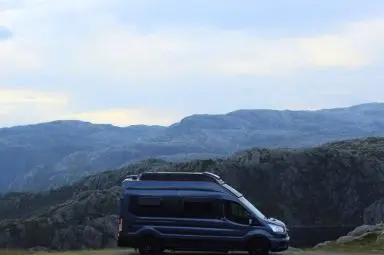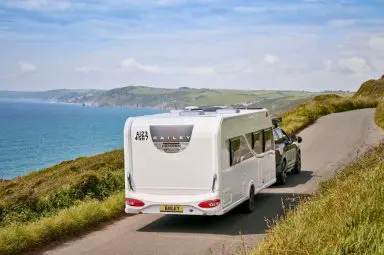Extreme Camping: Motorhoming to the Sahara Desert
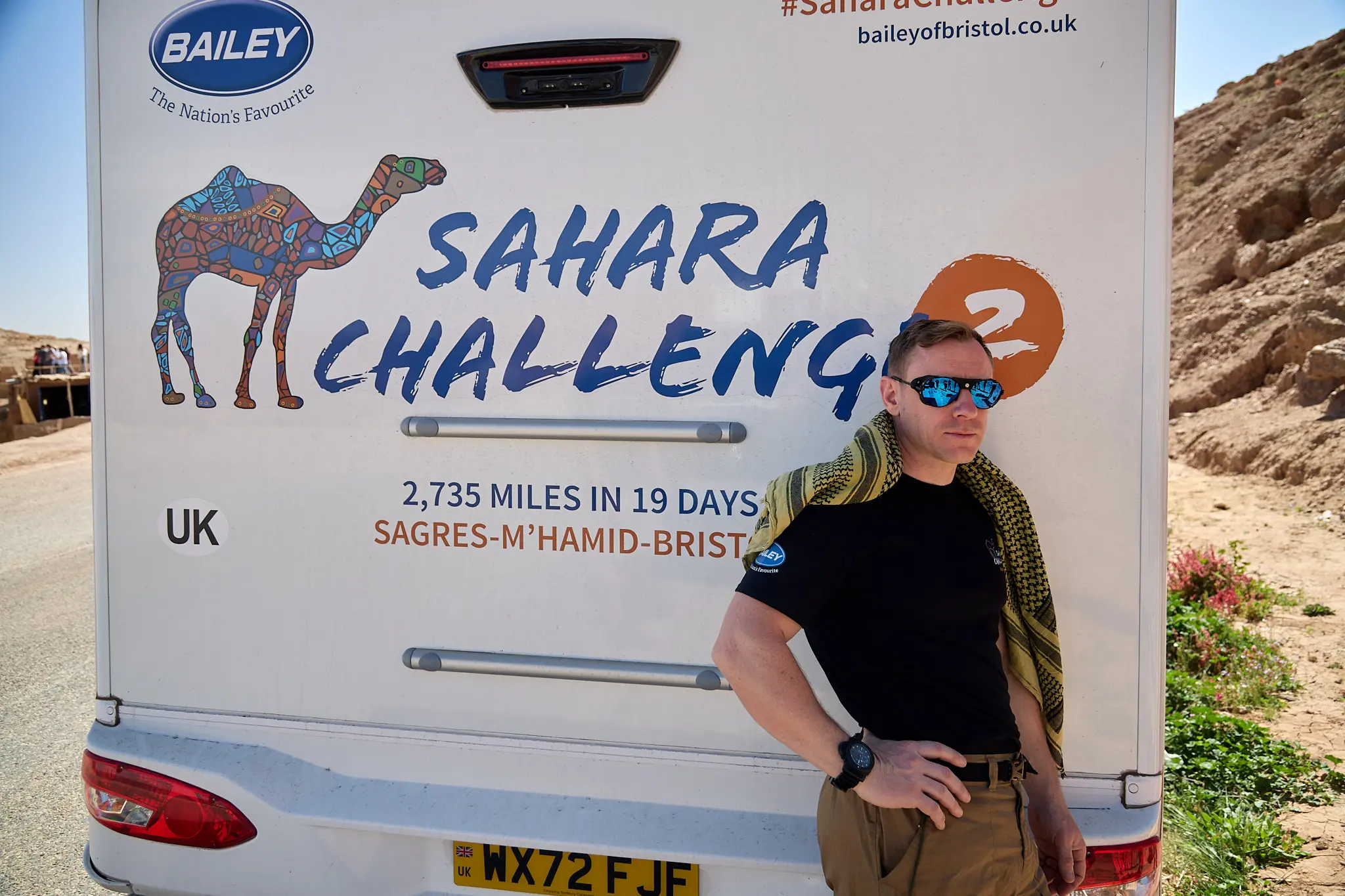
I have experienced camping in many extreme situations, including DIY snow caves, jungle hammocks, hanging from vertical sea cliffs, Greenlandic glaciers, and inside caves only accessible by cave diving through submerged passageways. All of these campsites require specialized equipment, such as snow shovels, rainforest tarps, porta-ledges, mountain shelters, and pressure-resistant dry tubes to carry camping gear underwater. It may not be the typical association, but we recently took caravans and a motorhome to the Sahara Desert, an expedition that demanded such extreme camping gear.
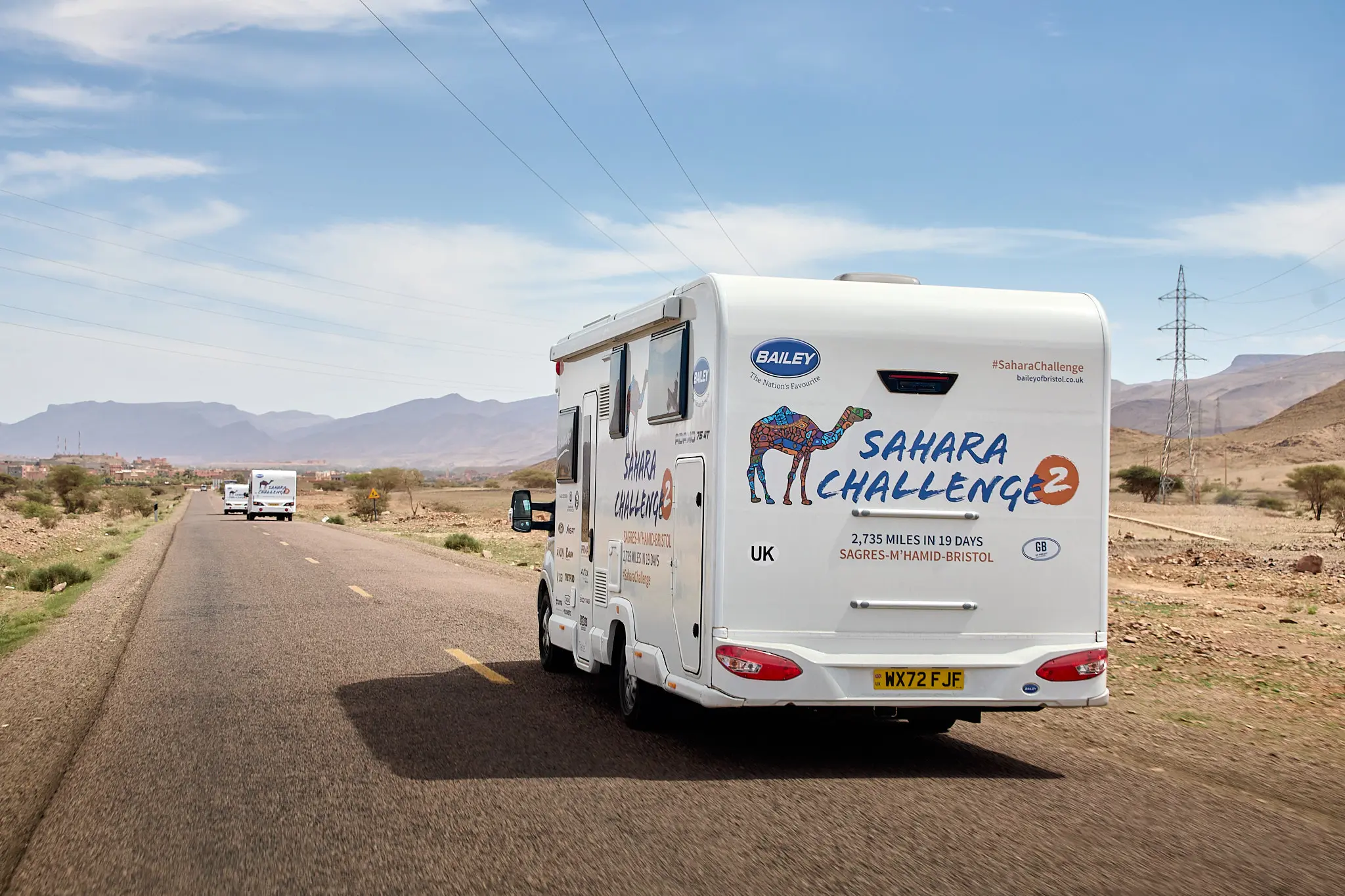
To provide some context, The Sahara Challenge was originally planned for March 2020 but was postponed for reasons that you can probably guess. However, in March 2023, we finally made it to the great sand sea in Morocco.
Despite enjoying relative luxury in a Bailey Adamo 75-4T motorhome, similar to our own Adamo 75-4DL, my wife Bex and the entire Bailey team still had to face the daily challenges typically encountered only on the most extreme expeditions.
Many of my previous trips were for documentary filming or exploration, both of which require something we often take for granted, even on campsites: power. Whether it’s electricity to charge torches, cameras, scanning equipment, radios, or simply boiling a kettle, power is always essential. In remote locations, electricity can be provided by a generator if transportation and fuel are available, or by solar panels. However, solar panels often suffer from either being lightweight but having low output or being too heavy. On this trip, the need for power was just as crucial. We had to feed a large team, keep safety equipment charged, and have ample power for photography and videography equipment. Fortunately, the Bailey vehicles were equipped with large, roof-mounted solar panels as standard, and sunlight was abundant in the Sahara.
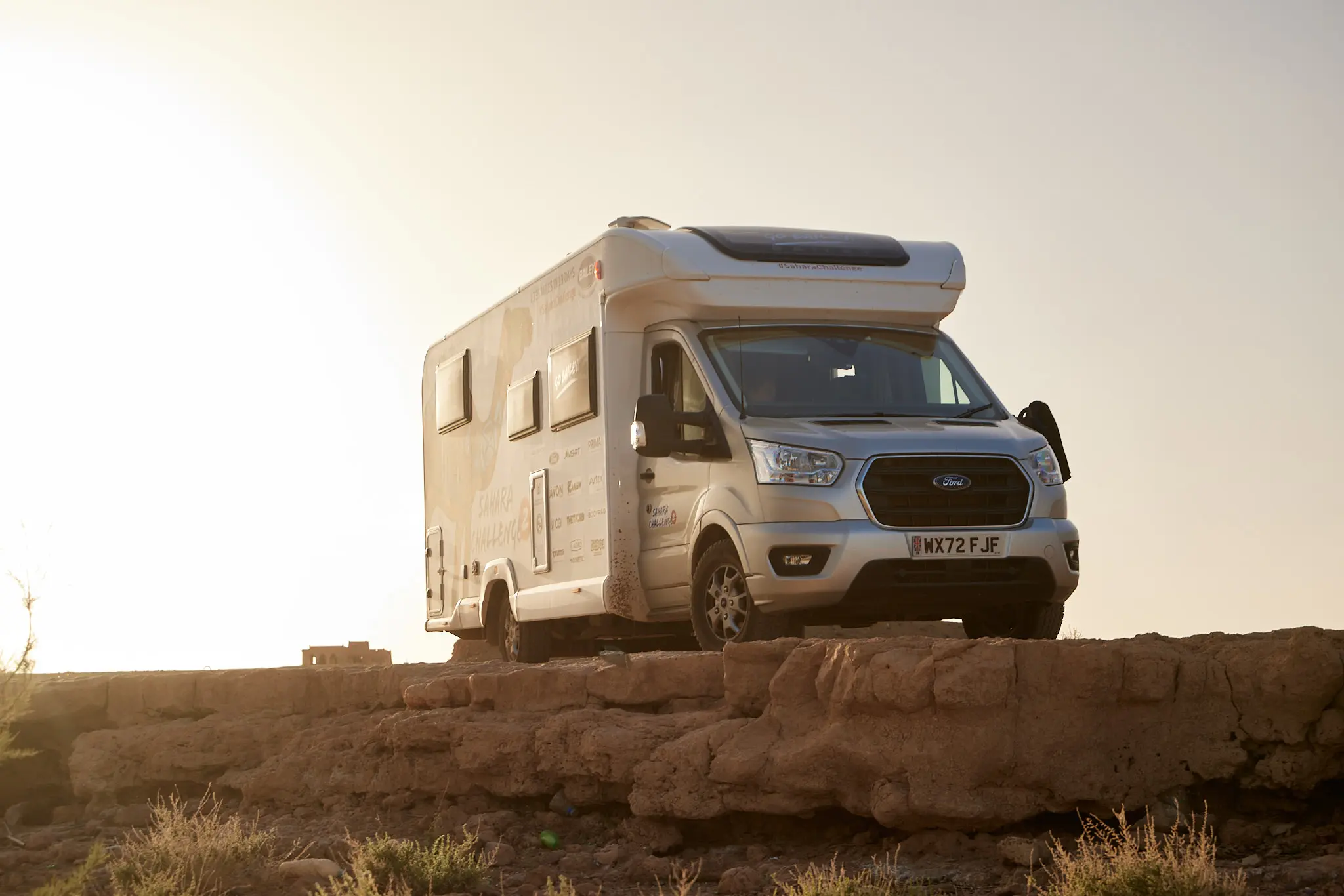
We also had to carefully consider other essential factors like water. We separated drinking water from washing or cleaning water, with the latter requiring utmost cleanliness. On trips like these, where we couldn’t simply plug into a power source or take a short walk to refill our water, we became much more conscious of the environment and our place in it. We aligned our routines with the rising and setting of the sun, witnessing breath taking sunrises and sunsets casting long shadows over the winding dunes. It made us appreciate the simple yet indispensable things in life, along with the realization of how much we consume. Water serves as a perfect example of this. It is essential for life, yet many of us lose sight of how fortunate we are to have easy access to clean and safe drinking water, or how much we use, need, or even waste in a single day.
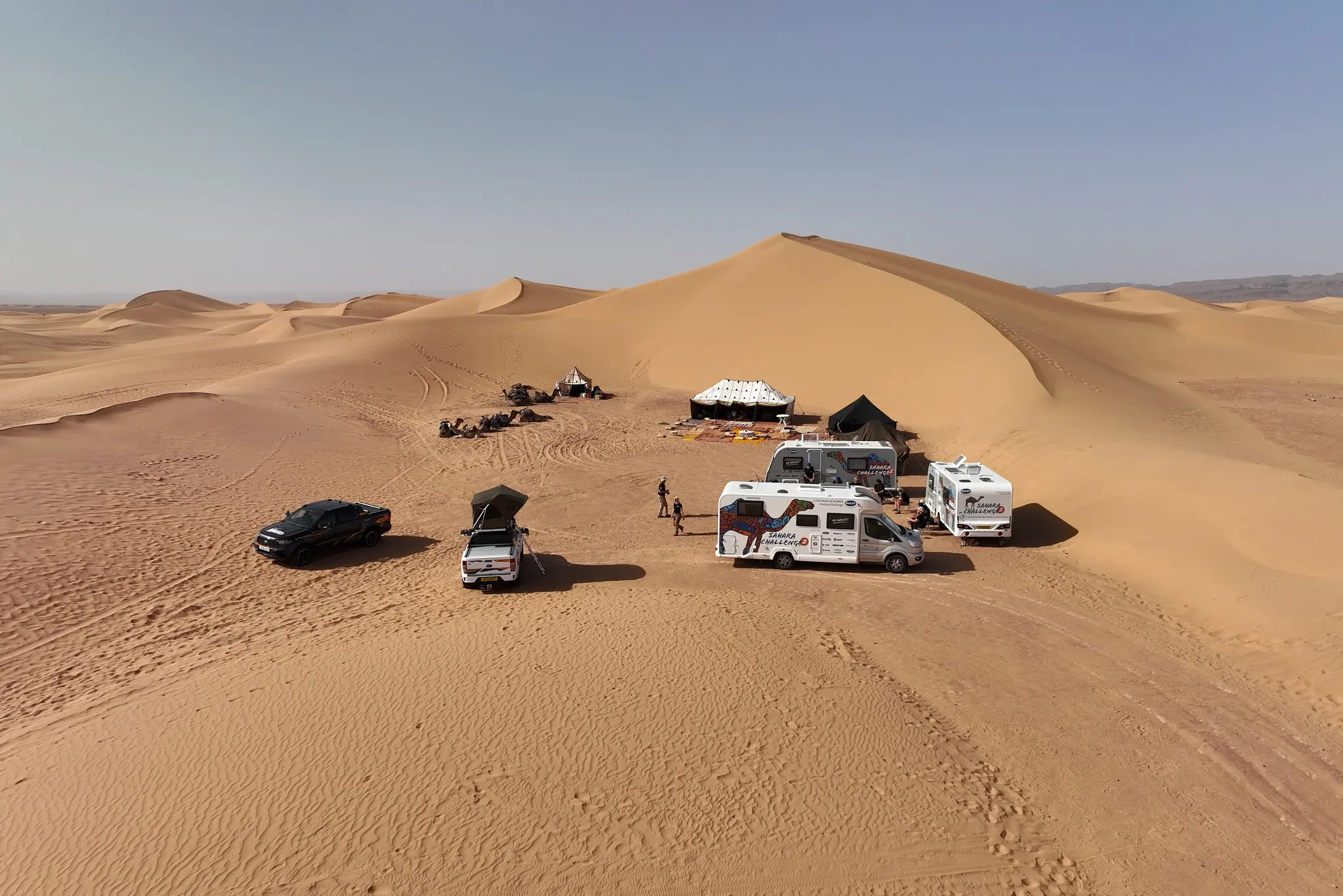
Journeys like these, with their ups and downs, challenges and successes, hardships and joys, offer us a different perspective on the world. They provide an opportunity to reset and re-establish our understanding of what we have, what we truly need, and what we should be grateful for. That’s why I have a deep passion for these types of expeditionary projects. While they allow us to have incredible experiences during the journey, returning home also becomes a joyous experience as we develop a greater appreciation for our homes and everything they provide.
Previous
The Sahara Challenge 2
Next
Convenient Camping: Your Guide to Hassle-Free Outdoor Adventures
Latest news & events
See all news & eventsSwindon, Oxford & Reading Caravan & Motorhome Group January Promotional Event
Campbells Caravans and Motorhomes Winter Weekend Showcase
WATKIN LANE, LOSTOCK HALL, PRESTON, LANCASHIRE
